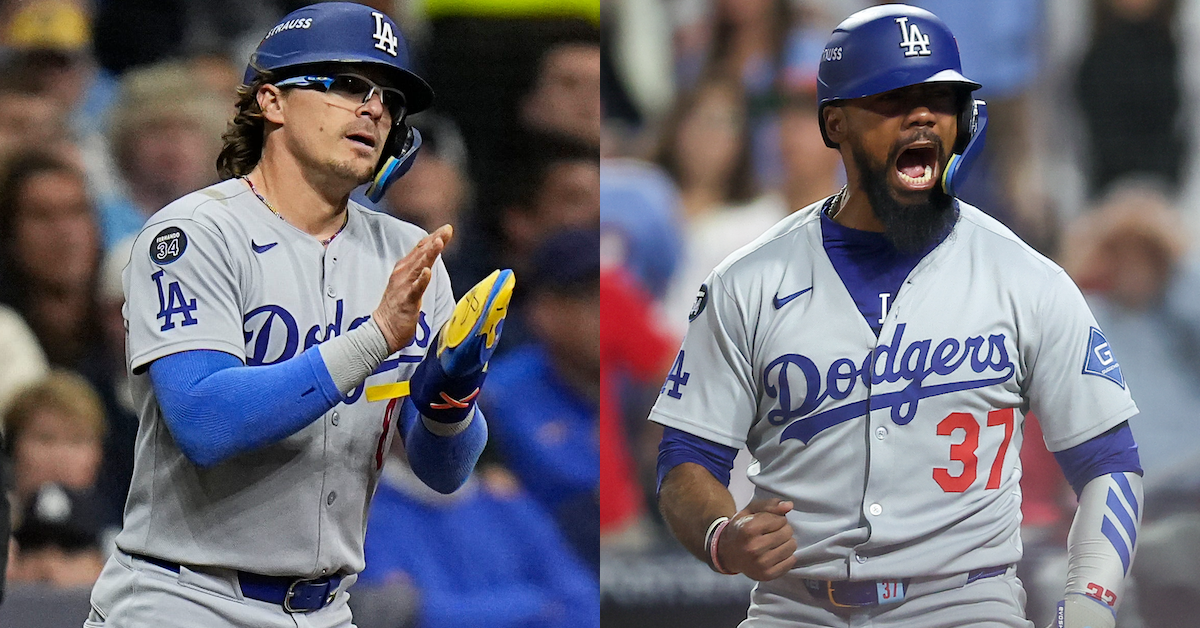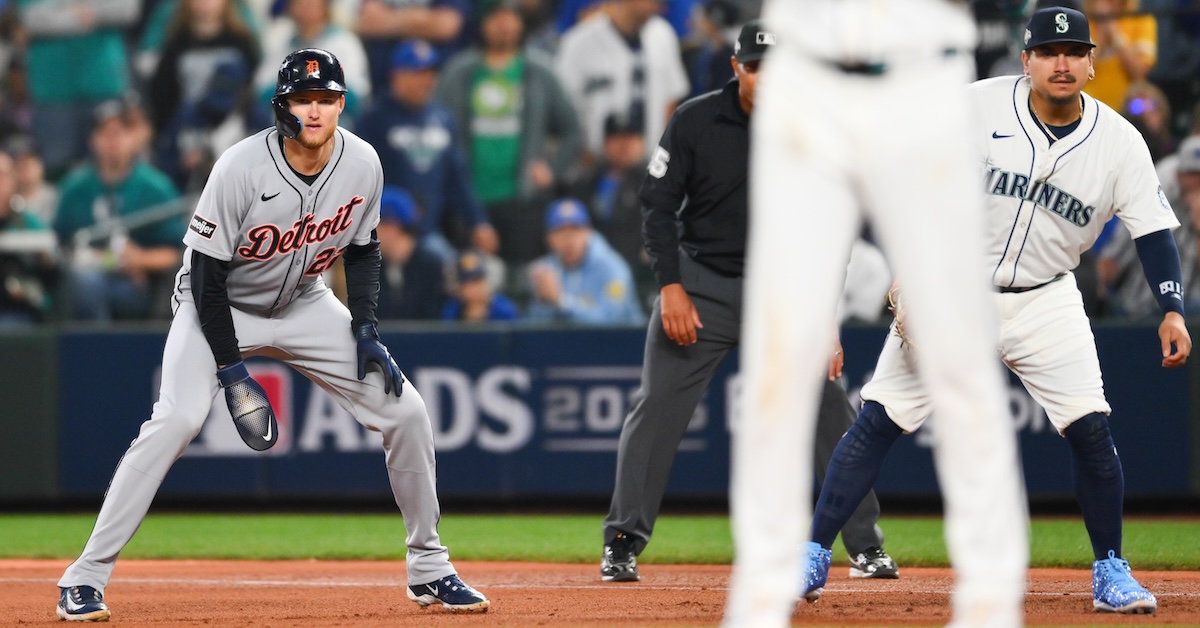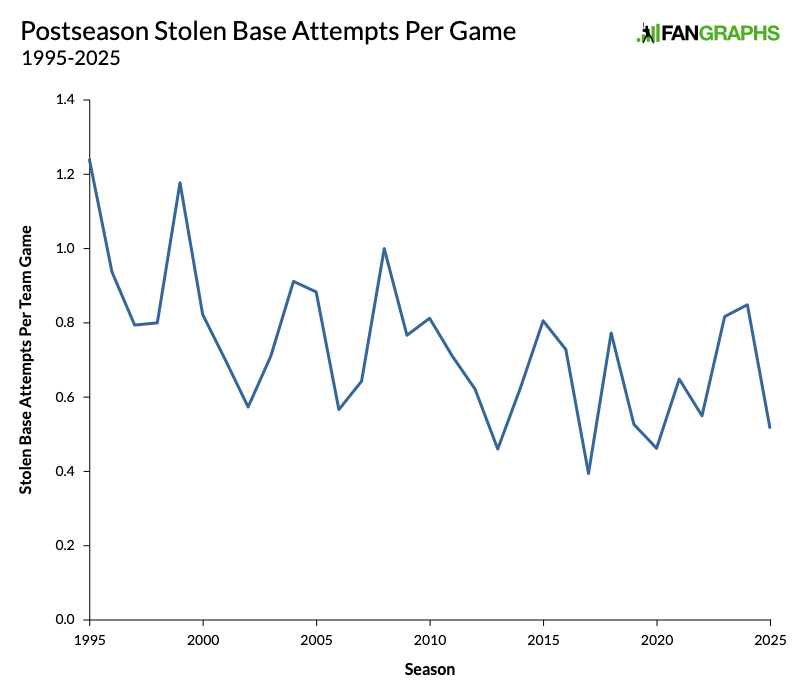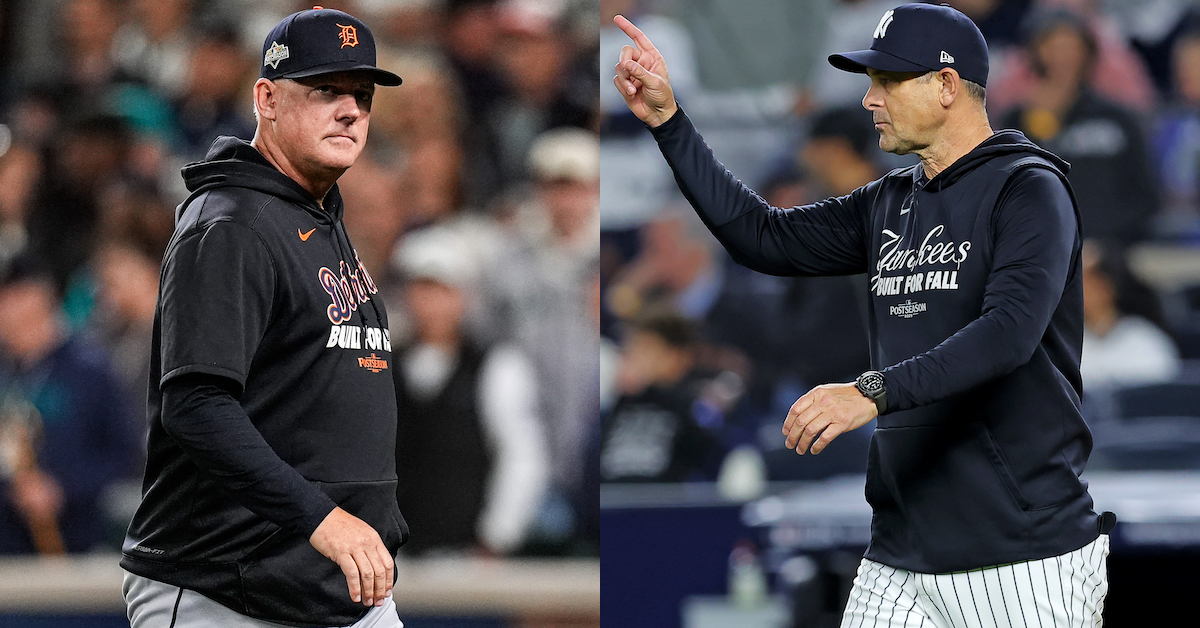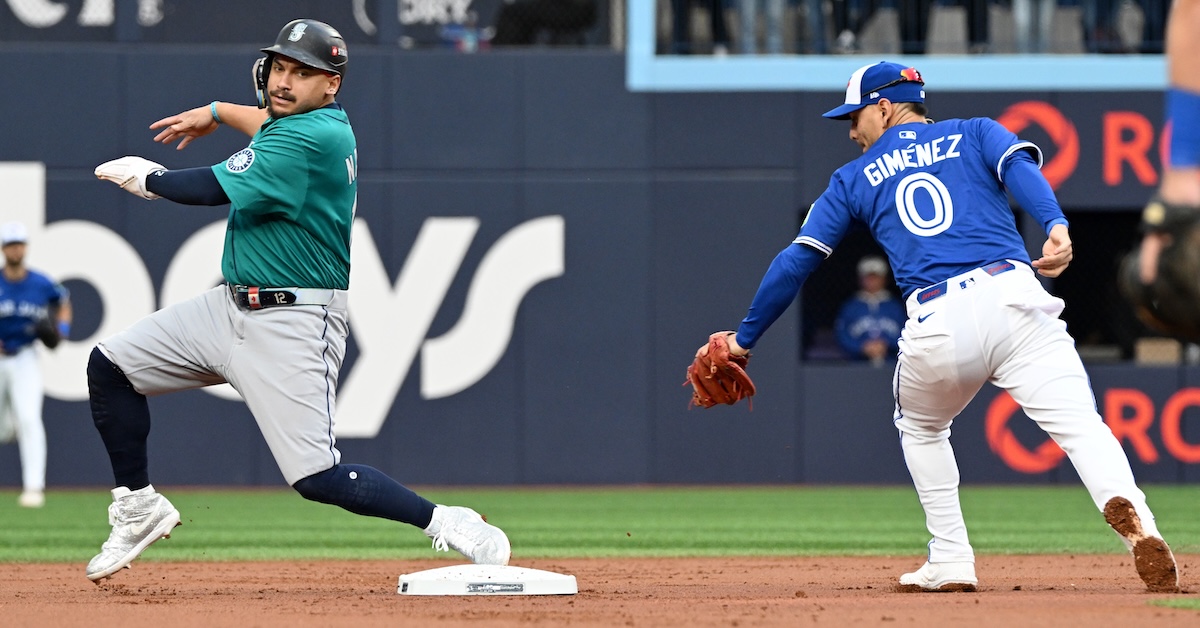Dodgers Go up 3-0 as Search Parties Struggle To Locate Milwaukee Offense
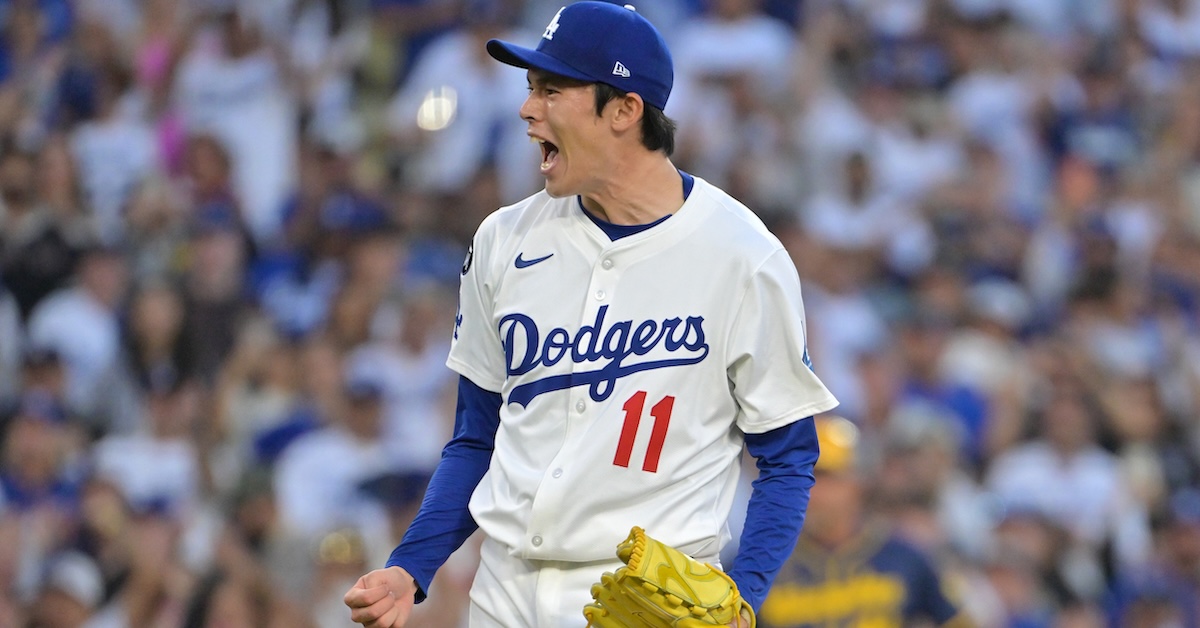
Well, that was fun while it lasted.
Home-field advantage has been a bit of a booby prize this postseason, with the home team losing all five LCS games heading into Thursday evening’s action. The Dodgers’ Game 3 starter, Tyler Glasnow, is arguably the closest thing this rotation has to a weak link. So maybe the Brewers weren’t as dead as the series standings made it seem. Win one and you’re back in it.
Unfortunately for the Brewers, and for neutrals hoping for this series to go six or seven exciting games, that wasn’t in the cards. The Dodgers put a run on the board within their first two batters of the game, and while Milwaukee tied it the next inning, Glasnow shut the door afterward. A couple singles, a walk, and a throwing error in the sixth inning were all the Dodgers needed to win the game, 3-1, and take a 3-0 lead in the series. You already know what the odds are at this point. Read the rest of this entry »
